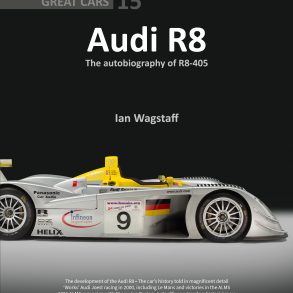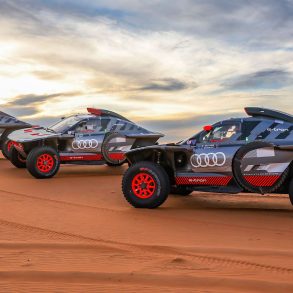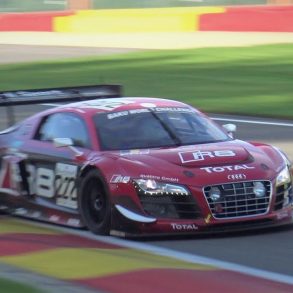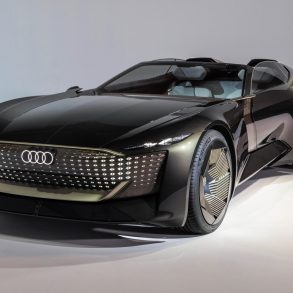Audi Tradition—the division responsible for preserving the brand’s colorful automotive heritage—has just undertaken its most complex restoration project since the replica of the Auto Union Type C “Silver Arrow” racing car. It has breathed new life into three Wanderer “Streamline Specials” entered by Auto Union for the 4,700-kilometer Liège-Rome-Liège race in 1938 and ’39.
A trio of cars carried off the “Coupe des Constructeurs” Manufacturer’s Team prize on their second attempt at this grueling marathon, which tested man and machine in equal measure. Teams of drivers were obliged to maintain an average speed of at least 50 kph, despite the poor road conditions of the day, and often sat behind the wheel for more than 100 hours without a break as they hurtled through the Ardennes and across the Alps, stopping only to refuel.
Weighing only 900 kg, the aluminium-bodied roadsters were powered by a two-liter, six-cylinder engine with three carburetors derived from a new family of engines designed for Wanderer in the early 1930s by Ferdinand Porsche. With an output of 70 horsepower, they enabled the lightweight racers to reach a top speed of 160 kph.
The cars were later sold, and disappeared for a time, but 65 years later their former glory has been recaptured with the creation of authentic replicas of the original cars, built by Werner Zinke GmbH, one of Europe’s leading car restorers. The Zwönitz-based company completed the restoration project in two years, working mainly from photographs.










